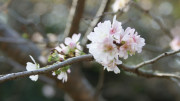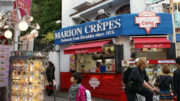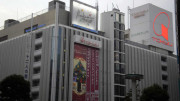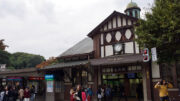The Meiji Jingu is the Shinto shrine dedicated to the soul of Emperor Meiji. Meiji was the 122nd Emperor of Japan and died in 1912; his wife, Empress Shoken died in 1914. Their souls were enshrined on November 1, 1920. Unfortunately, the original building was destroyed by fire during World War II, but was later rebuilt and opened in October 1958.
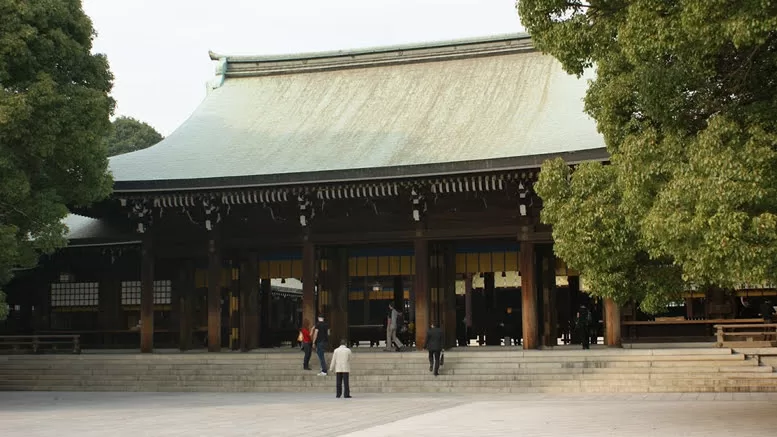
Emperor Meiji was the first emperor of modern Japan, being born in 1852 he ascended to the throne at the age of 16 in 1868. His is well known for the series of events that was called the Meiji Restoration. This was when power was switched from the feudal Tokugawa government to the emperor. During the rule of Emperor Meiji, Japan went through major modernisation and westernisation to become one of the world’s major powers.
The shrine is located in the centre of Naien or Inner Gardens, a 173 acre inner city forest made up of over 120,000 trees. Apart from the shrine itself, other buildings in Meji Jingu include the Homotsuden (treasure museum), the Kaguradena (hall of Shinto music and dance) and the Shiseikan (martial arts hall). The Meiji Jingu Garden sits in front of the shrine complex itself. It is said that this garden is the reason the shrine was built at this location, as Emperor Meiji and his wife were very fond of the irises that grow here. The gardens and shrine is home to several events and festivals that are celebrated throughout the year.
The shrine is built out of Japanese Cypress from Kiso; a wood that is considered the best timber in Japan. The roof is made from copper plates and the building is designed in an architectural style known as Nagare-zukuri. The 12 metre high Myojin Torii gates at the Harajuku entrance is a great meeting spot and photo opportunity. The gate is made from 1500 year old cypress and is considered the largest of its type in Japan.
To show proper respect when visiting the shrine you must enter wearing only appropriate dress, you must proceed along the path and bow once at the Torii Gate. When you get to the shrine you will see a Temizuya (water font), here you must rinse your hands and mouth. It is important not to touch the dipper with your lips. When visiting the main shrine building you may like to put some coins in the offering box but you must remember to bow twice at the main shrine, then clap your hands twice, and finally bow once again.
Meiji Jingu is located next to Yoyogi Park. The shrine is open every day from sunrise to sunset. It is probably best to avoid the shrine on January 1st where over 3 million people turn up, many wearing traditional dress. The shrine is easily reached by rail, the closest stations are Harajuku Station on the JR Yamanote Line or Meiji Jingumae (C03) on the Tokyo Metro Chiyoda Line.
Another part of Meiji Jingu is known as the Gaien or outer garden. This 74 acre park is located separately around 1km east of the shrine area. The park is home to the Meiji Memorial Art Gallery, the Olympic Stadium and several other sporting facilities. The closest station to Meiji Jingu Gaien is Sendagaya Station on the JR Chuo-Sobu Line.

